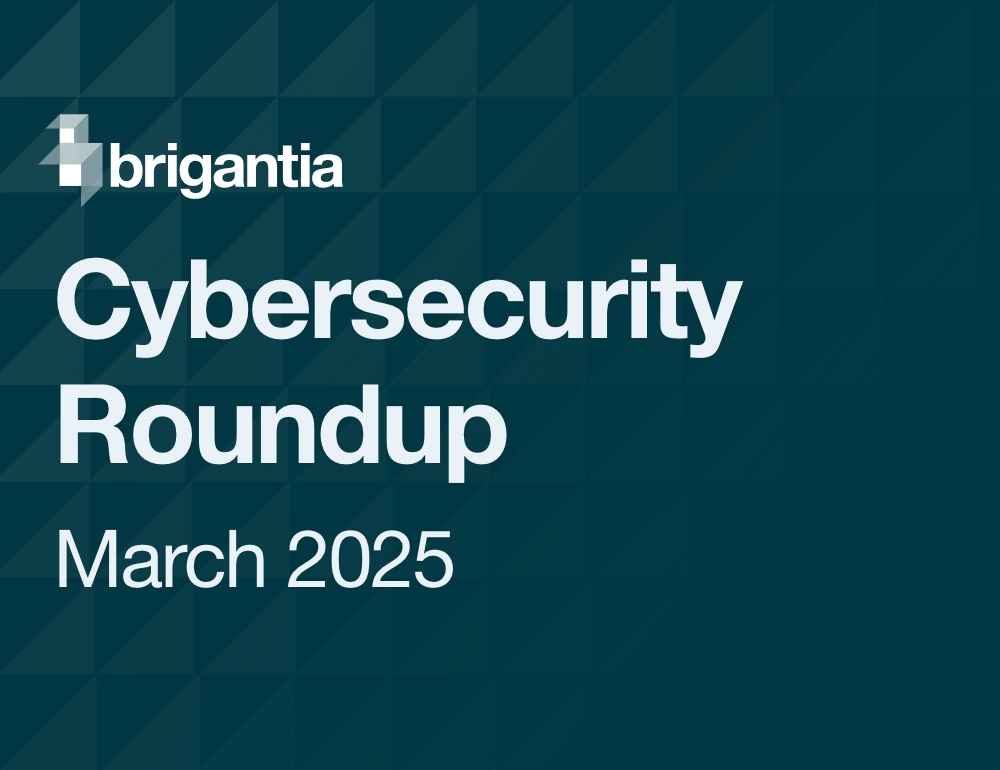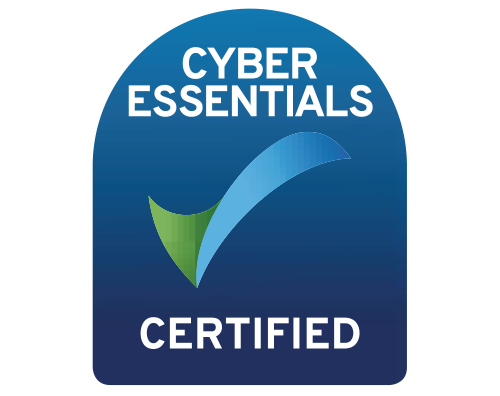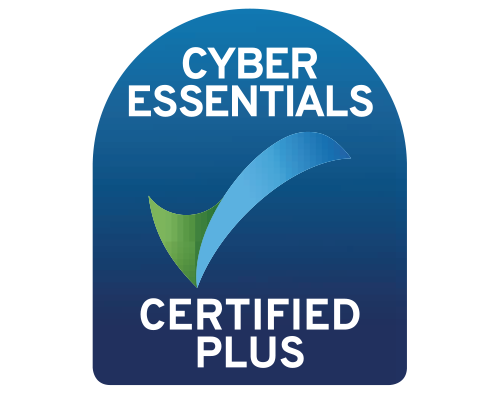It’s happened. Gmail and Yahoo’s anti-spam measures are in place, and they have big implications for any bulk email senders. Two things are at stake. One is email deliverability (i.e. emails not ending up in spam). The other is email security.
So, what have Gmail and Yahoo announced, and what will the impact be? I’m going to break down what’s happened, what it means, and how businesses can protect themselves against email cybercrime.
DMARC raises awareness of phishing threats
Domain-based Message Authentication, Reporting & Conformance (DMARC) policy has been updated and revised to keep up with a common cybercrime threat: phishing. Some platforms, like Mailchimp and HubSpot, have even started prompting users to create a DMARC policy.
Phishing (and spear phishing) attacks can appear extremely authentic, often impersonating the sender and convincing the recipient to reveal sensitive data or be manipulated into taking an action.
With phishing and spear phishing attacks increasing and becoming more sophisticated, email and email domains have become a hacker’s playground, taking advantage of weak and poorly configured DMARC policies.
DMARC policy: an overview
SPF and DKIM
To understand DMARC, it’s important to explain SPF (Sender Policy Framework) and DKIM (DomainKeys Identified Mail). SPF and DKIM are email security protocols that work in slightly different ways. The short version:
SPF: This is a record of the mail servers that are allowed to send from a domain. Receiving servers will automatically check the IP address of the sending server against the SPF records.
DKIM: This attaches an encryption signature to each legitimate email, which avoids them being intercepted in transit.
So, what is DMARC?
In short, DMARC is a system for authenticating emails, bringing together the previously generated SPF and DKIM protocols. To explain it properly, we’ll need to take a few steps back.
First off, when you send an email, it doesn’t just go from A (sender outbox) to B (recipient inbox). Between those points, the message passes through multiple servers. Without the correct DMARC policy in place, opportunist hackers can intercept these emails and tamper with them.
As of February 2024, Gmail and Yahoo began imposing DMARC policy for any bulk sending email addresses (5,000+ emails sent a day). Google now requests that any email using a gmail.com domain needs to pass a set of anti-spam rules.
Domain owners can set specific instructions for email recipients too, such as labelling the email as ‘monitor,’ ‘quarantine’ or ‘reject.’ Addresses that fail these rules and checks, and therefore the DMARC policy, are unable to be authenticated and after being red flagged, are sent directly to spam folder.
Introducing Sendmarc
Email security is of growing importance for all organisations, but implementing DMARC policies can be complicated.
Our vendor, Sendmarc, streamlines this process, offering a DMARC management tool. This tool combines and establishes important email security protocols. Domain owners select which procedures are used to verify email messages sent from their domain and tells the receiving server what to do if an email fails a security check.
Sendmarc simplifies email security and protects businesses from all angles, allowing only legitimate emails to pass through while blocking malicious ones at the source. Sendmarc automatically creates, manages and monitors an email authentication policy and if an email doesn’t pass an SPF or DKIM test, then that email automatically fails.
Sendmarc not only prevents impersonation but simultaneously allows legitimate emails to reach recipients, both of which play important roles for all businesses.
The benefits of DMARC management
The complexity of email security leads many to bury their head in the sand.
By using a DMARC management system, such as Sendmarc, your email security is streamlined and easily managed. Businesses experience full peace of mind with stricter anti-spam rules, benefitting both employees and customers at every turn.
And that’s not all. Sendmarc’s ongoing monitoring provides continued protection, which in a cybersecurity landscape that’s ever evolving, can help mitigate risk and potential threats before disaster strikes. Businesses have full control over email-sending networks, with the ability to store authorised IP addresses on record.
MSPs and email security
As for MSPs, it’s a fantastic commercial opportunity that presents a new revenue stream. Email security is an area of cybersecurity that can often be overlooked, and many are unaware of the vulnerabilities it poses.
But that’s changing. In more recent times, and as more mandates appear, DMARC will play a crucial role in email security, good housekeeping, and protection for business communications.
MSPs can address the DMARC changes and provide their customers with increased email protection with products such as Sendmarc. Adding this string to your bow helps build trust, create upselling opportunities, and add value product portfolio and your role as an MSP.
Find out more about Sendmarc or contact our specialists to discuss your suite of cybersecurity products.






